Search
UTSW researchers report progress in malaria treatments : Newsroom - UT Southwestern, Dallas, Texas
https://www.utsouthwestern.edu/newsroom/articles/year-2023/july-malaria-treatments.html
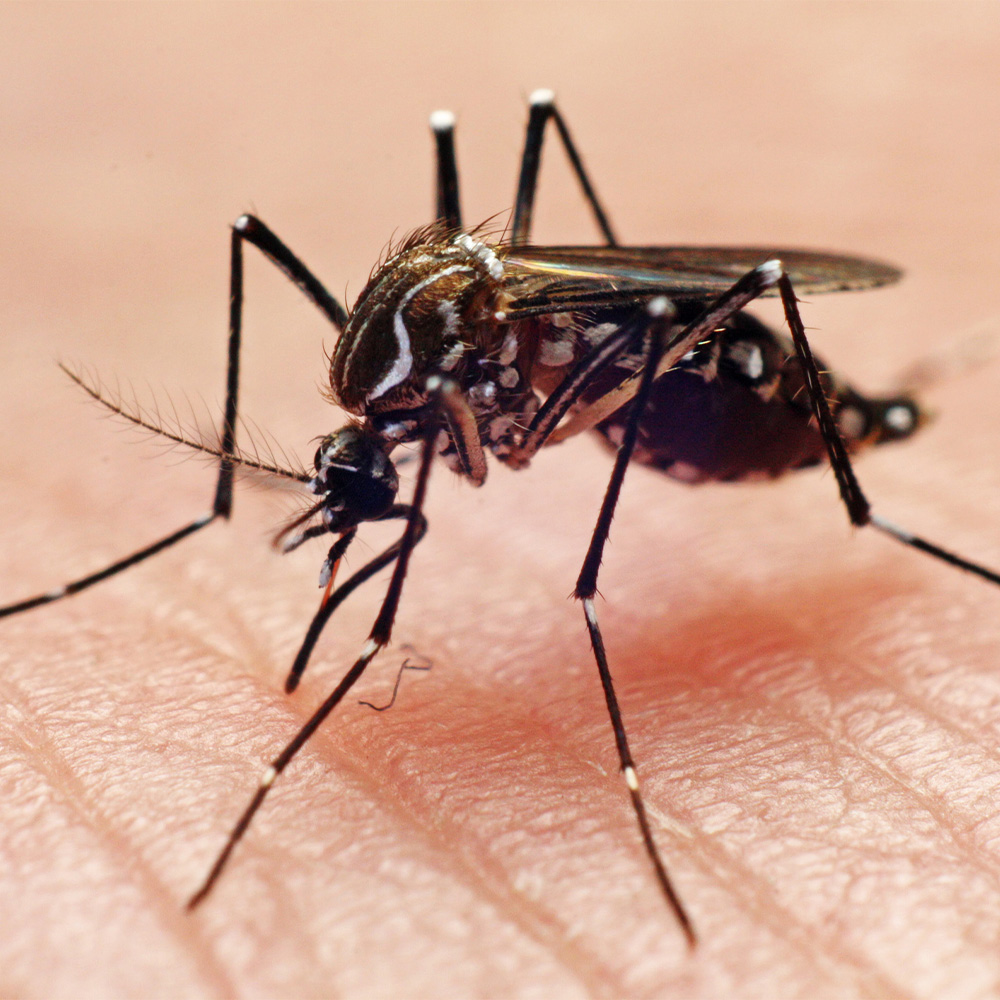
With new cases of malaria being reported in Texas and Florida, researchers at UT Southwestern Medical Center continue to explore compounds for more effective drug-resistant therapies and biological targets to interfere with the parasites that spread the potentially fatal disease.
Exercise could slow withering effects of Alzheimer's: Newsroom - UT Southwestern, Dallas, TX
https://www.utsouthwestern.edu/newsroom/articles/year-2019/exercise-could-slow-alzheimers.html

Imaging shows less brain deterioration in physically active people at high risk for dementia
Simulation Center leads with technology, advanced training
https://www.utsouthwestern.edu/newsroom/articles/year-2023/nov-simulation-center.html
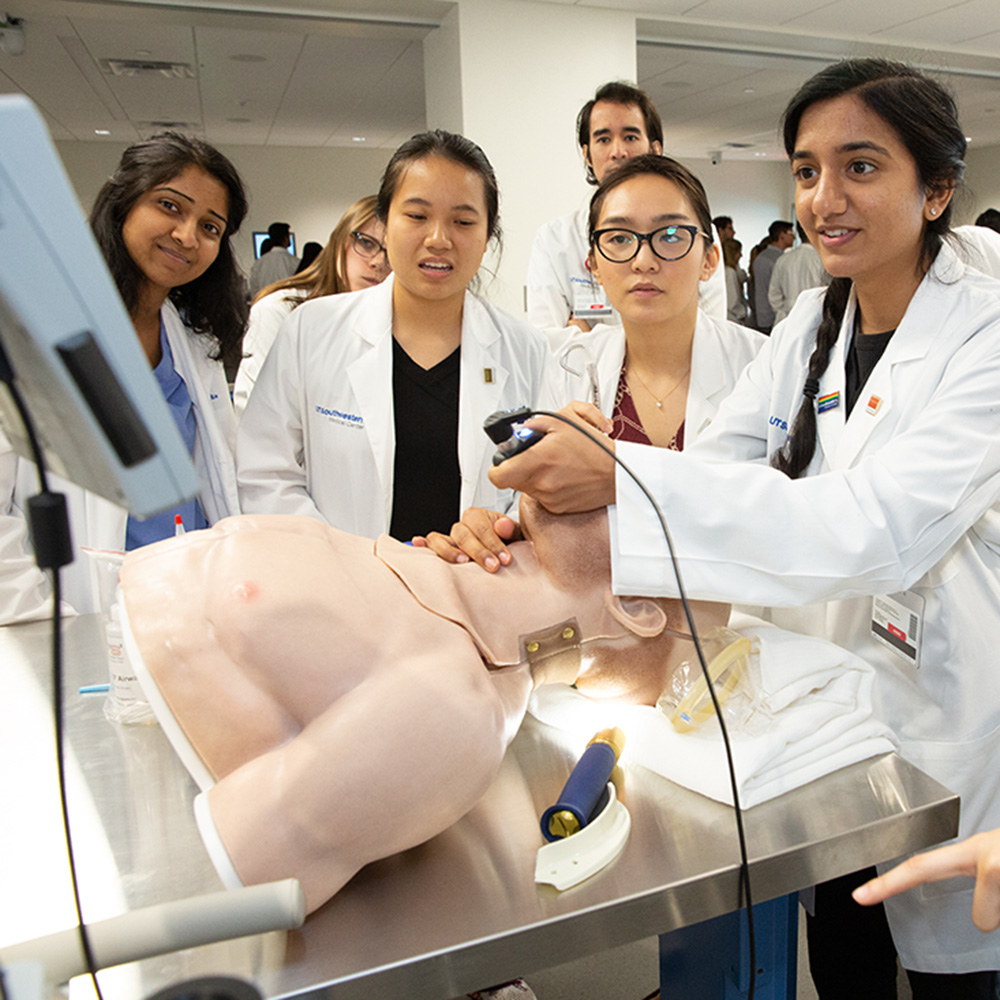
UT Southwestern Medical Center’s Simulation Center, which marks its fifth anniversary this year, is one of the most advanced facilities of its kind in the nation.
UT Southwestern ranked No. 1 hospital in Dallas-Fort Worth by U.S. News & World Report, adding to multiple recognitions in 2019, adding to multiple recognitions in 2018: Newsroom - UT Southwestern, Dallas, TX
https://www.utsouthwestern.edu/newsroom/articles/year-2019/usnwr-best-hospital-again.html
For a third consecutive year, UT Southwestern Medical Center is the No. 1 hospital in Dallas-Fort Worth and No. 2 in Texas, according to U.S. News & World Report’s annual Best Hospitals listings released today.
Immunotherapy effective on young children’s peanut allergies: Newsroom - UT Southwestern, Dallas, Texas
https://www.utsouthwestern.edu/newsroom/articles/year-2023/nov-sublingual-immunotherapy.html

Low doses of an immunotherapy taken under the tongue safely achieved desensitization to peanut allergies in children ages 1 to 4 years, according to results of a clinical trial conducted by researchers at UT Southwestern Medical Center, Children’s Medical Center Dallas, and the University of North
UT Southwestern stem cell biologists develop embryo model: Newsroom - UT Southwestern, Dallas, Texas
https://www.utsouthwestern.edu/newsroom/articles/year-2023/july-embryo-model.html
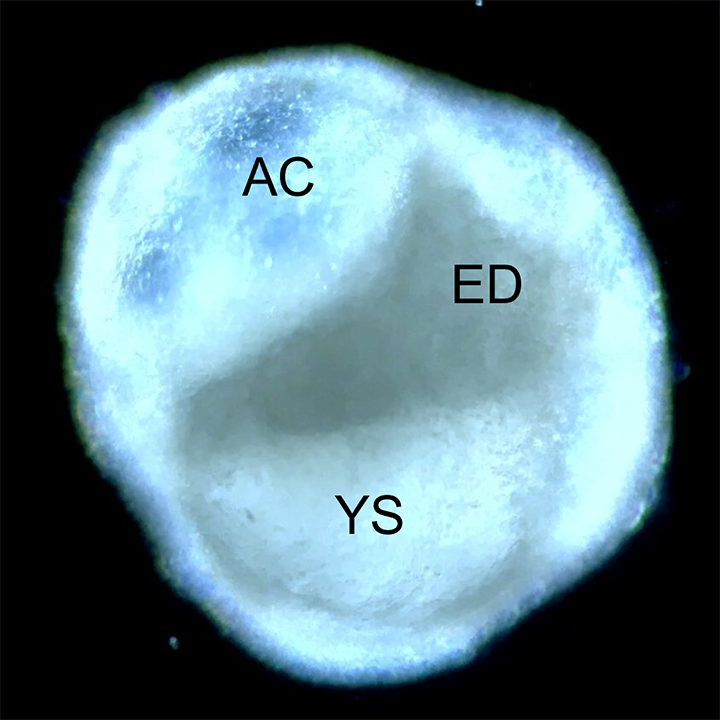
UT Southwestern Medical Center biologists have innovated a new stem cell-based embryo model for studying early human development, tissue formation, and differentiation, offering valuable contributions to the field of developmental biology and regenerative medicine.
CRI’s Sean Morrison elected to European Molecular Biology Organization: Newsroom - UT Southwestern, Dallas, Texas
https://www.utsouthwestern.edu/newsroom/articles/year-2023/july-morrison-embo.html

Stem cell biologist Sean J. Morrison, Ph.D., has been elected by his peers as an associate member of the European Molecular Biology Organization (EMBO).
UTSW Research: Food allergies, weight-loss surgery, and more: Newsroom - UT Southwestern, Dallas, Texas
https://www.utsouthwestern.edu/newsroom/articles/year-2024/april-research-roundup.html
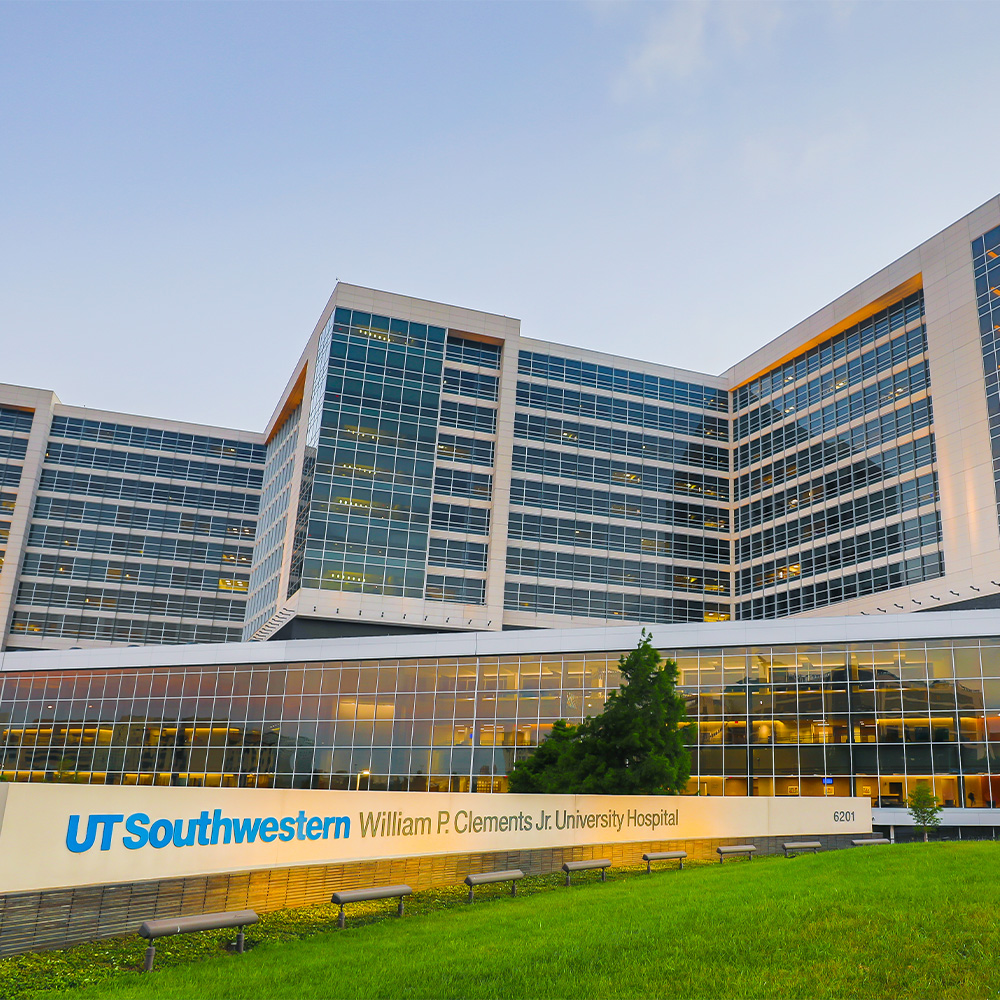
Millions of children have food allergies, many of which can cause severe illness or death. In a study published in the New England Journal of Medicine, a team of researchers, including those from UT Southwestern, shows in a phase three clinical trial that an antibody-based therapy called omalizumab
UT Southwestern joins Dallas and nation in mourning the loss of U.S. Rep. Eddie Bernice Johnson, inspirational leader and supporter: Newsroom - UT Southwestern, Dallas, Texas
https://www.utsouthwestern.edu/newsroom/articles/year-2024/jan-ebj-tribute.html

UT Southwestern Medical Center joined leaders in Dallas and across the nation in mourning the loss and honoring the legacy of U.S. Rep. Eddie Bernice Johnson, an inspirational leader who helped advance the medical center’s science, research, clinical care, and educational initiatives during her
Research pinpoints inflammation source behind atherosclerosis: Newsroom - UT Southwestern, Dallas, Texas
https://www.utsouthwestern.edu/newsroom/articles/year-2023/july-artherosclerosis.html
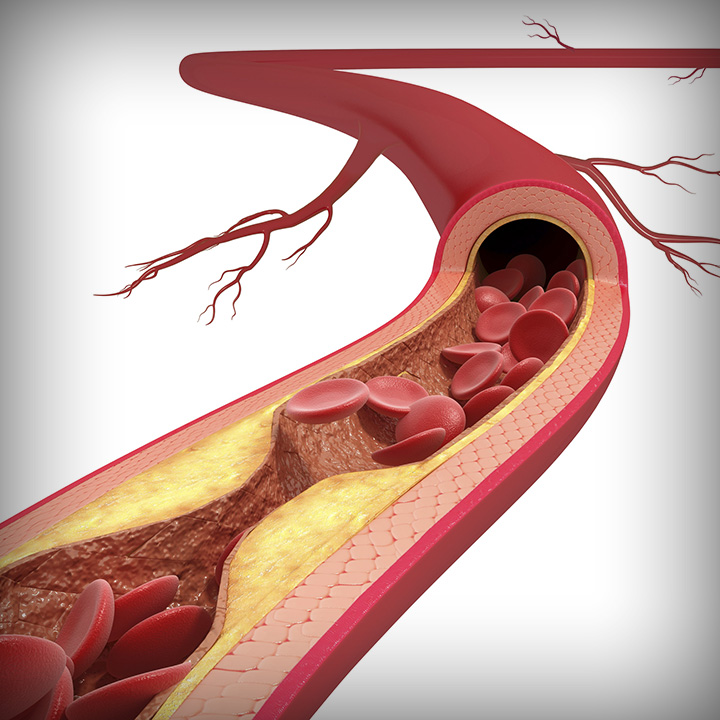
Scientists at UT Southwestern Medical Center and Children’s Medical Center Dallas have discovered in mice how high cholesterol causes blood vessels to become inflamed, a necessary prerequisite for atherosclerosis.
